Description
Copra (or kobbari) is the dried meat or kernel of the coconut, which is the fruit of the coconut palm (Cocos nucifera). Coconut oil is extracted from copra, making it an important agricultural commodity for many coconut-producing countries. It also yields de-fatted coconut cake after oil extraction, which is mainly used as feed for livestock.
Copra has traditionally been grated and ground then boiled in water to extract coconut oil. It was used by Pacific island cultures and became a valuable commercial product for merchants in the South Seas and South Asia in the 1860s. This 19th-century copra trading inspired Robert Louis Stevenson’s 1893 novella The Beach of Falesá, based on his experiences in Samoa.[1] Nowadays, the process of coconut oil extraction is performed by crushing copra to produce coconut oil (70%); the by-product is known as copra cake or copra meal (30%).
Once the oil is extracted, the remaining coconut cake is 18–25% protein but contains so much dietary fiber it cannot be eaten in large quantities by humans. Instead, it is normally fed to ruminants.[2]
Coconuts sun-dried in Kozhikode, Kerala, India for the production of copra
Copra kiln drying in La Digue (Seychelles).
Crushing copra in La Digue (Seychelles).
The production of copra – removing the shell, breaking it up, drying – is usually done where the coconut palms grow. Copra can be made by smoke drying, sun drying, or kiln drying. Hybrid solar drying systems can also be used to for a continuous drying process. In a hybrid solar drying system, solar energy is utilized during daylight and energy from burning biomass is used when sunlight is not sufficient or during night.[3] Sun drying requires little more than racks and sufficient sunlight. Halved nuts are drained of water, and left with the meat facing the sky; they can be washed to remove mold-creating contaminants. After two days the meat can be removed from the shell with ease, and the drying process is complete after three to five more days (up to seven in total). Sun drying is often combined with kiln drying, eight hours of exposure to sunlight means the time spent in a kiln can be reduced by a day and the hot air the shells are exposed to in the kiln is more easily able to remove the remaining moisture. This process can also be reversed, partially drying the copra in the kiln and finishing the process with sunlight. Starting with sun drying requires careful inspection to avoid contamination with mold while starting with kiln-drying can harden the meat and prevent it from drying out completely in the sun.
In India, small but whole coconuts can be dried over the course of eight months to a year, and the meat inside removed and sold as a whole ball. Meat prepared in this fashion is sweet, soft, oily and is cream-coloured instead of being white. Coconut meat can be dried using direct heat and smoke from a fire, using simple racks to suspend the coconut over the fire. The smoke residue can help preserve the half-dried meat but the process overall suffers from unpredictable results and the risk of fires.[4]



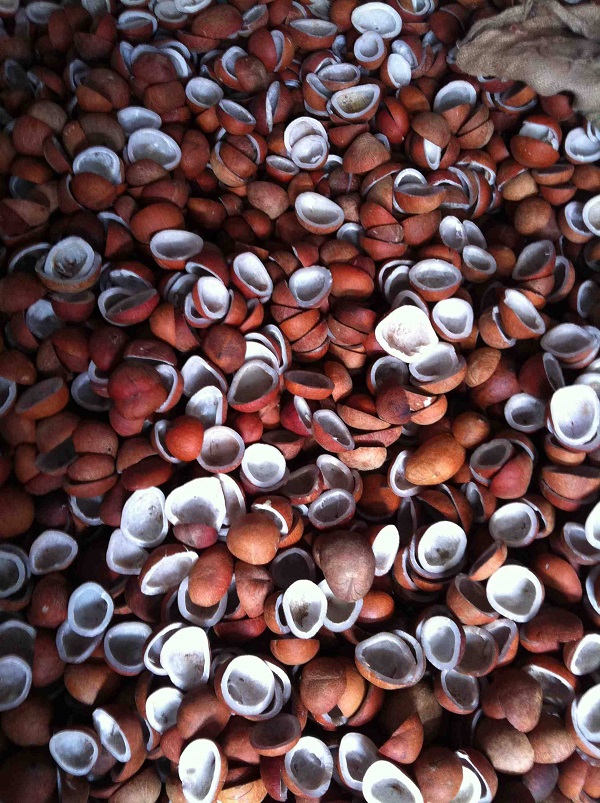
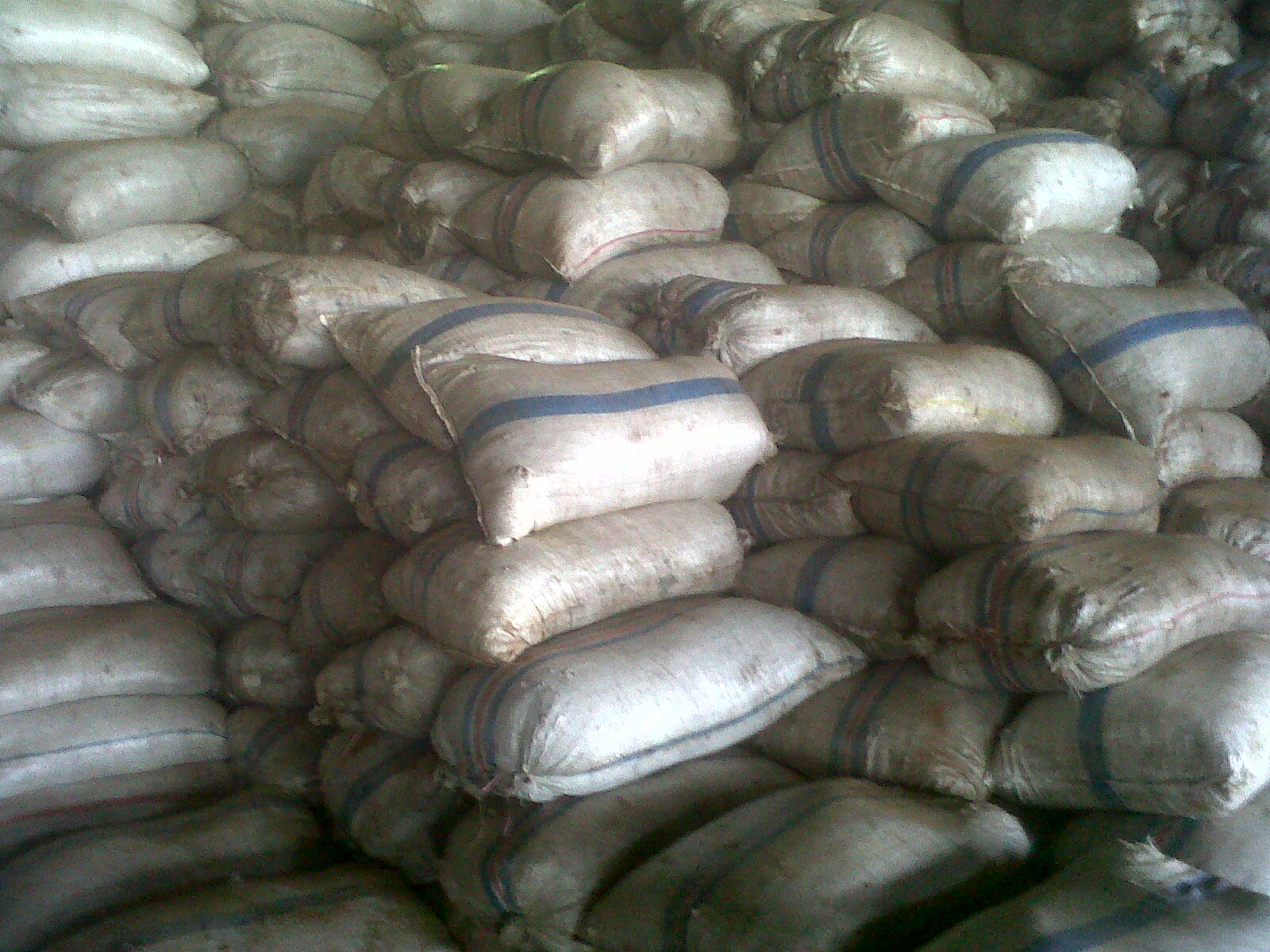
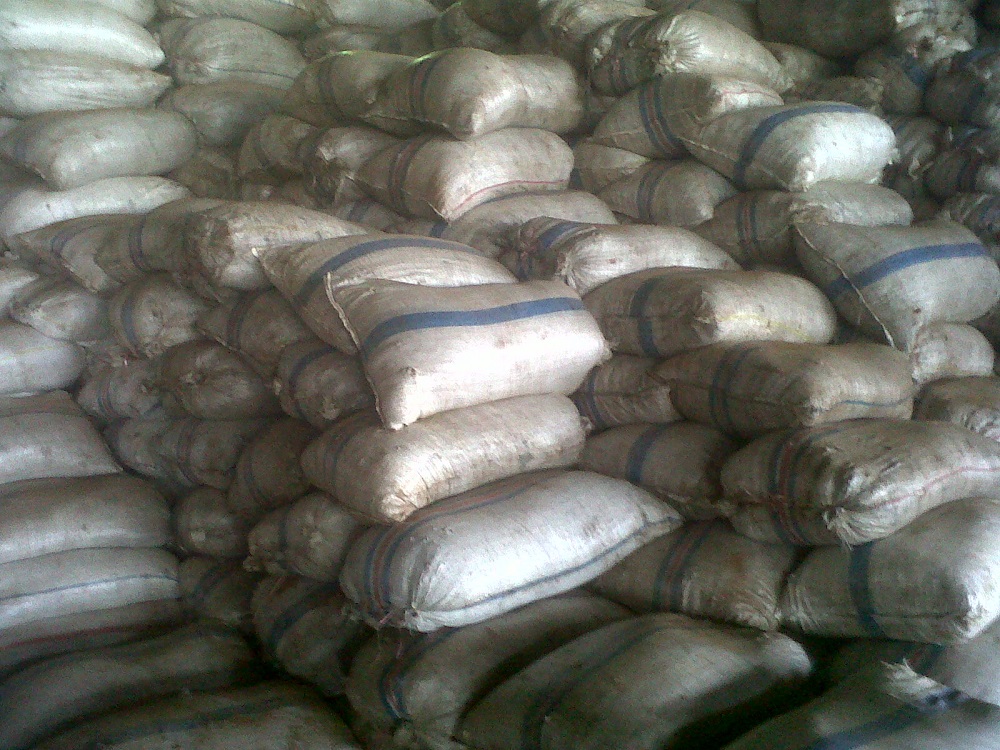
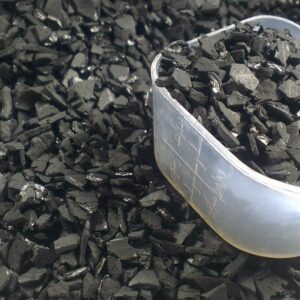
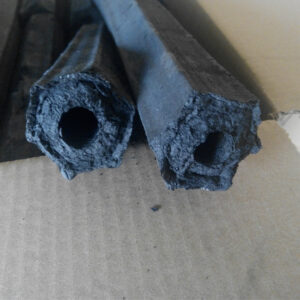
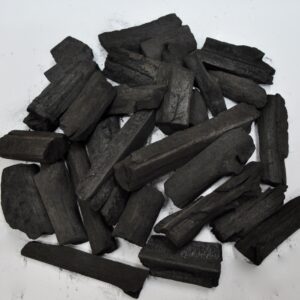

Reviews
There are no reviews yet.